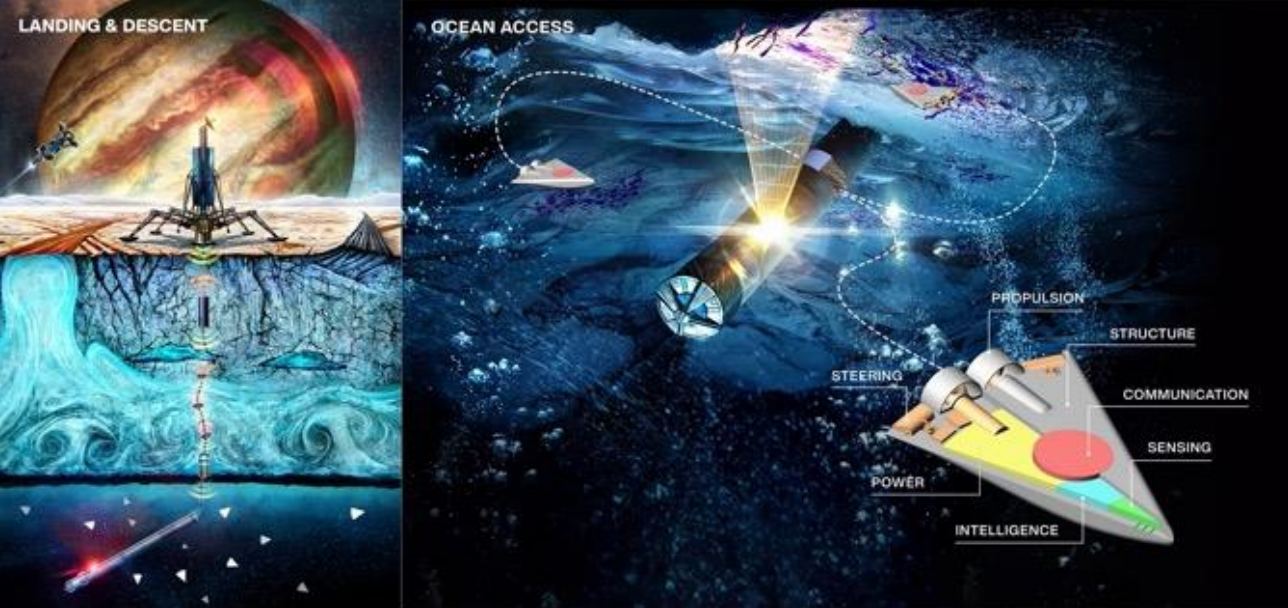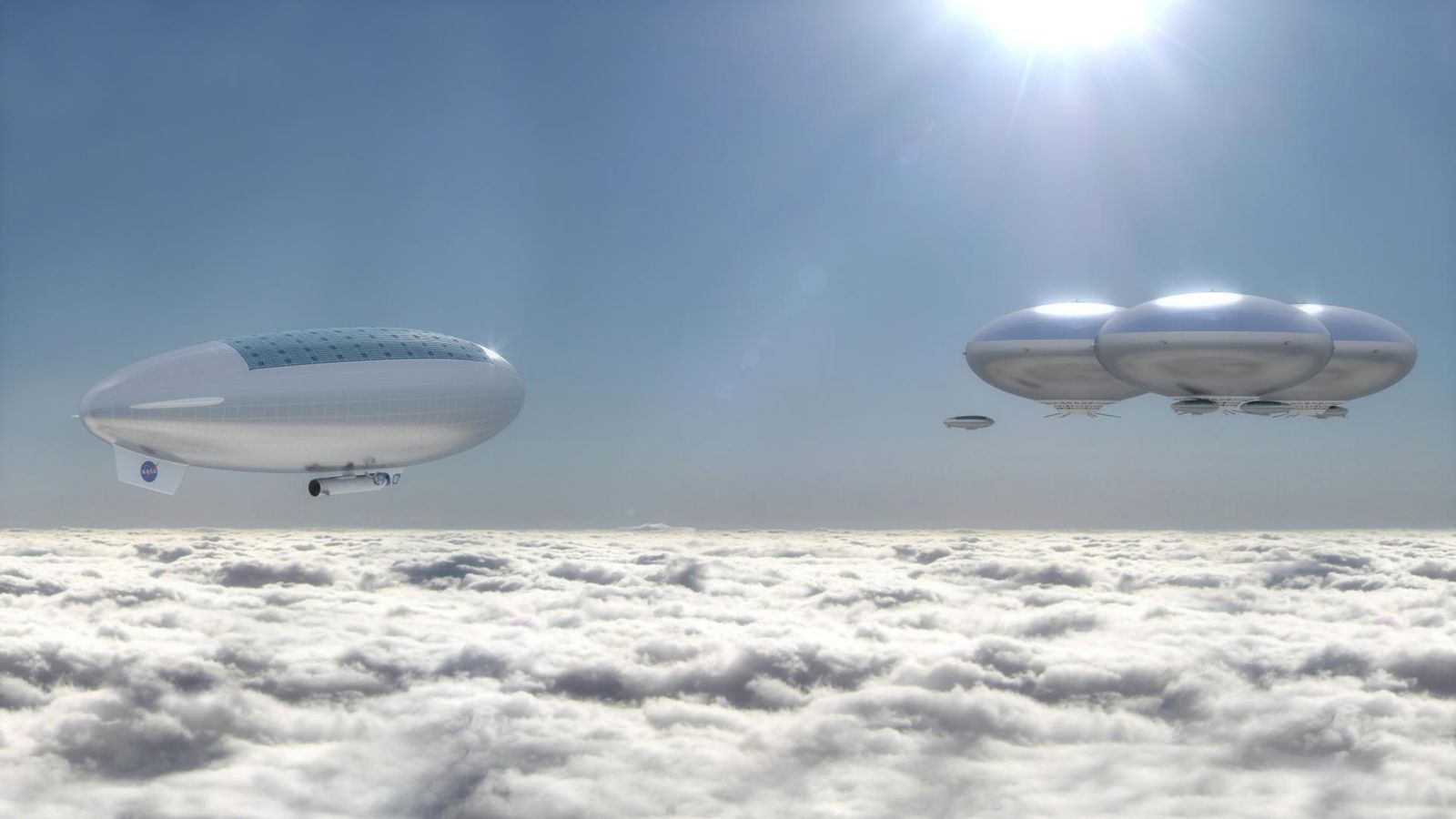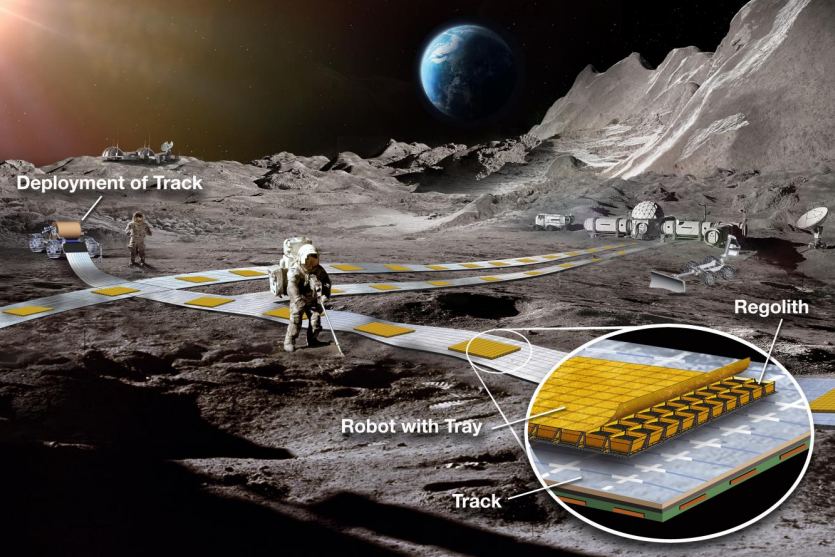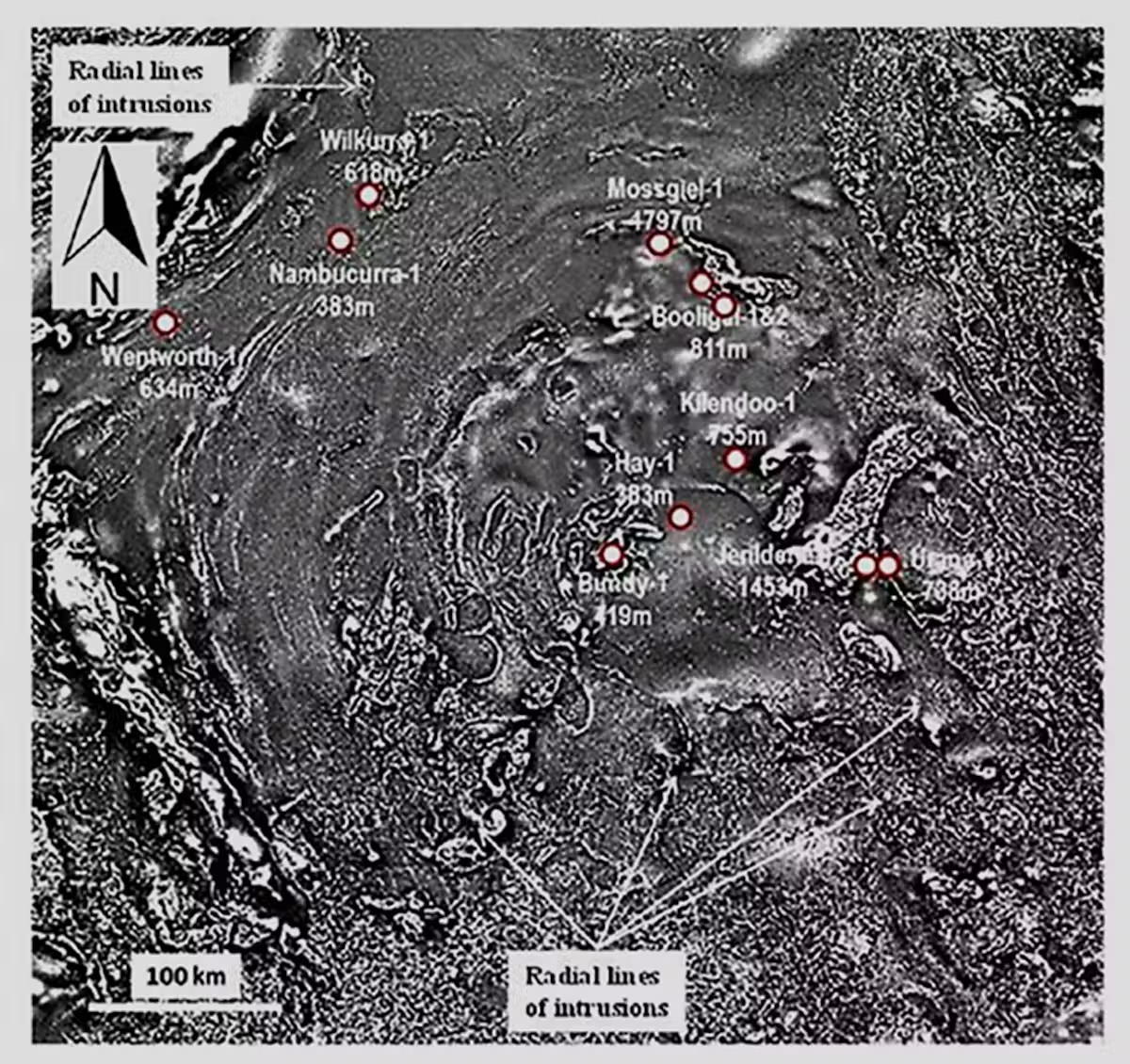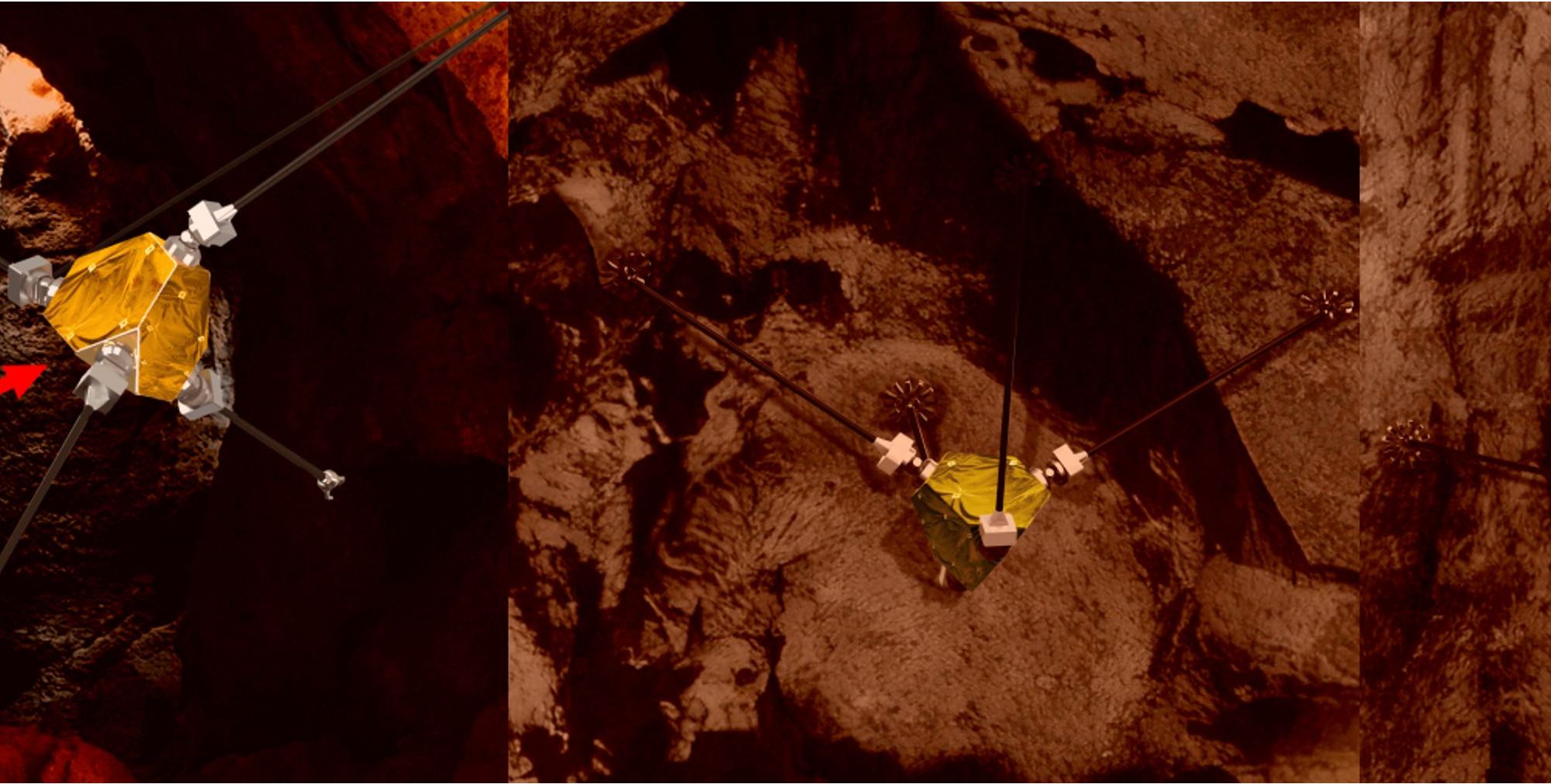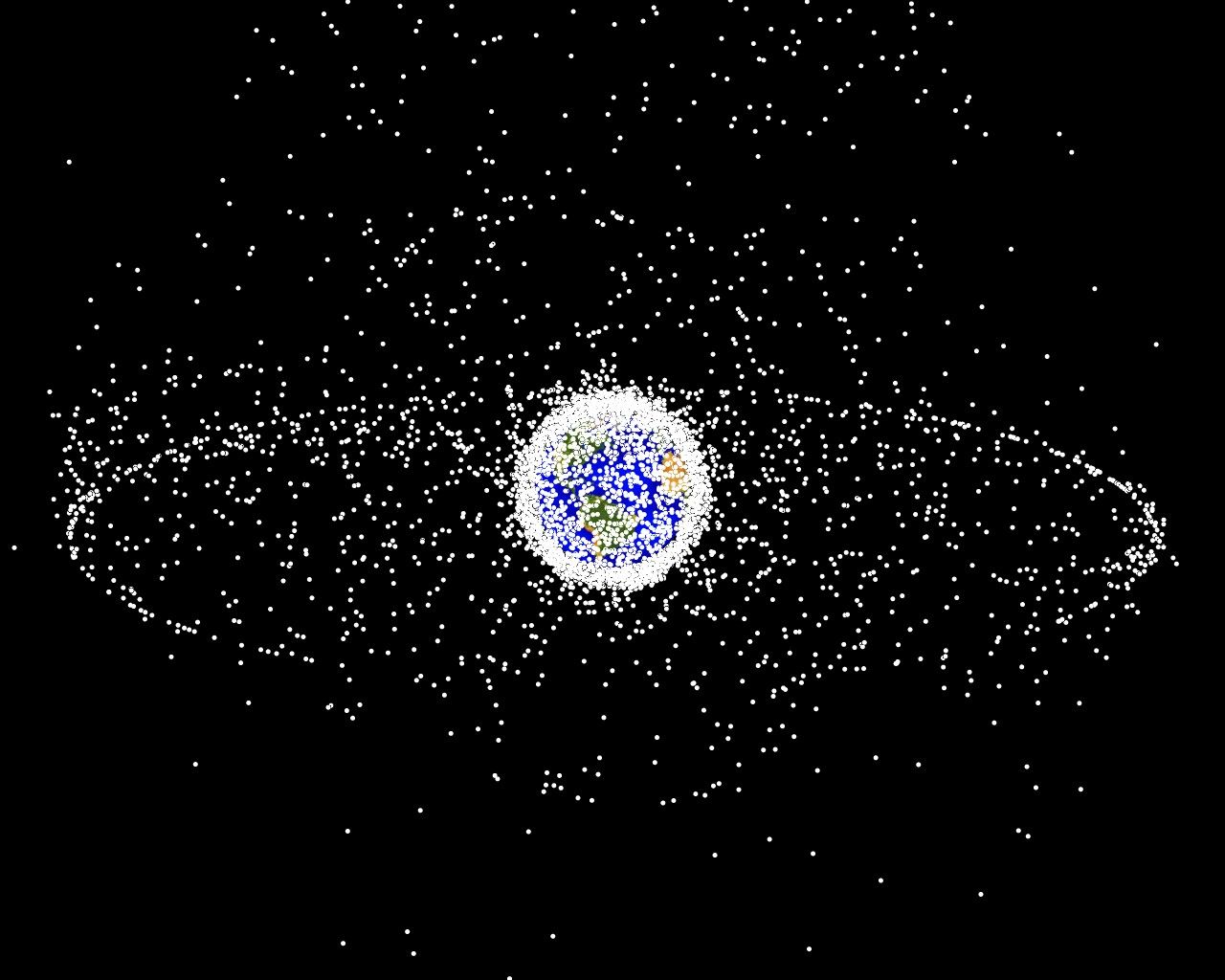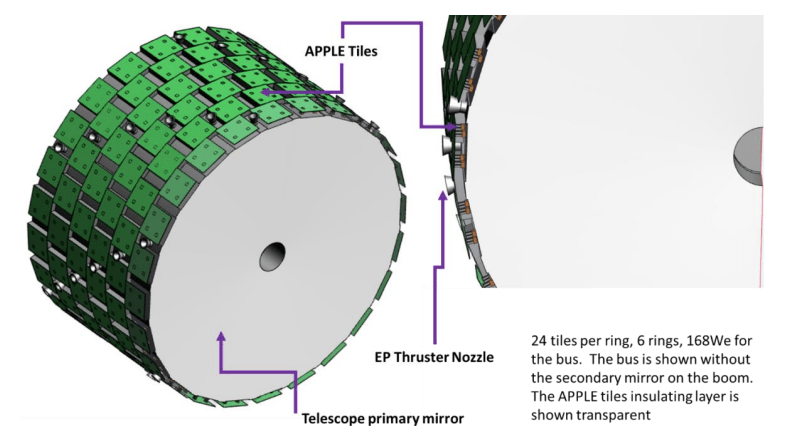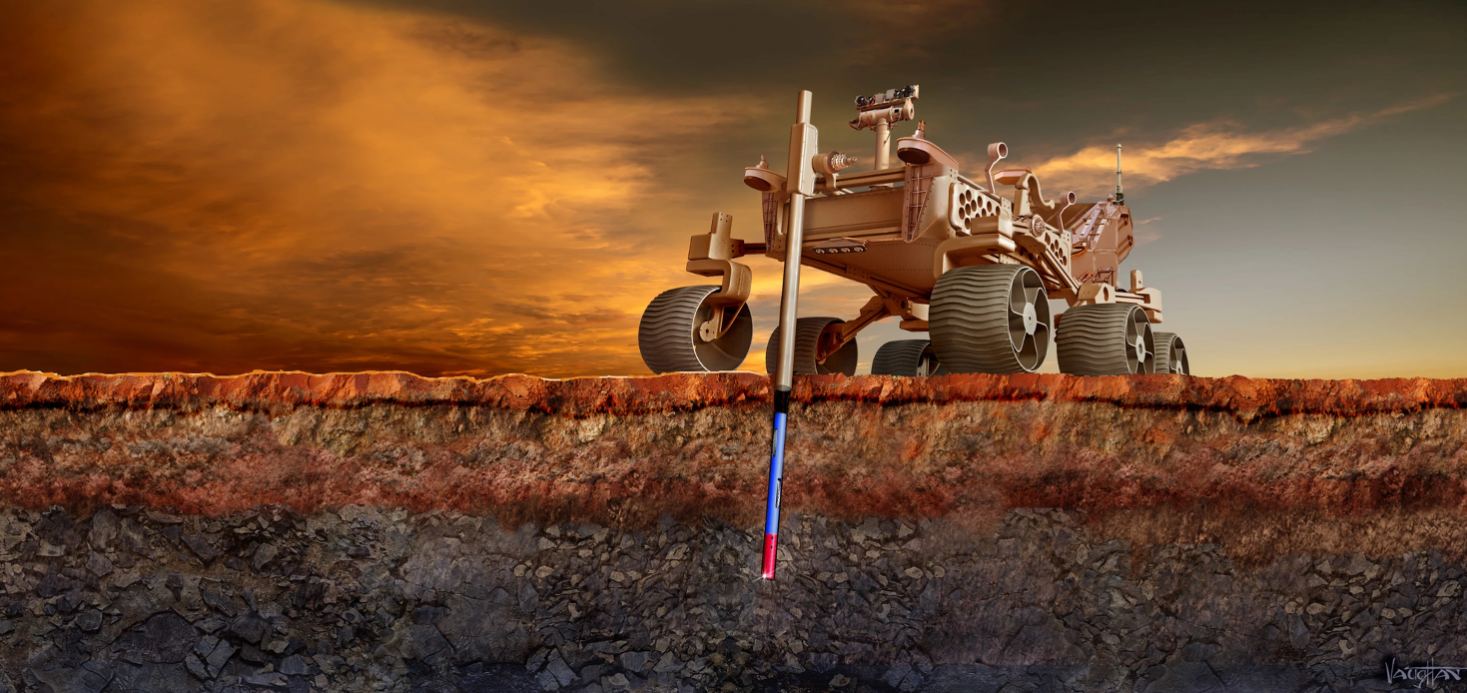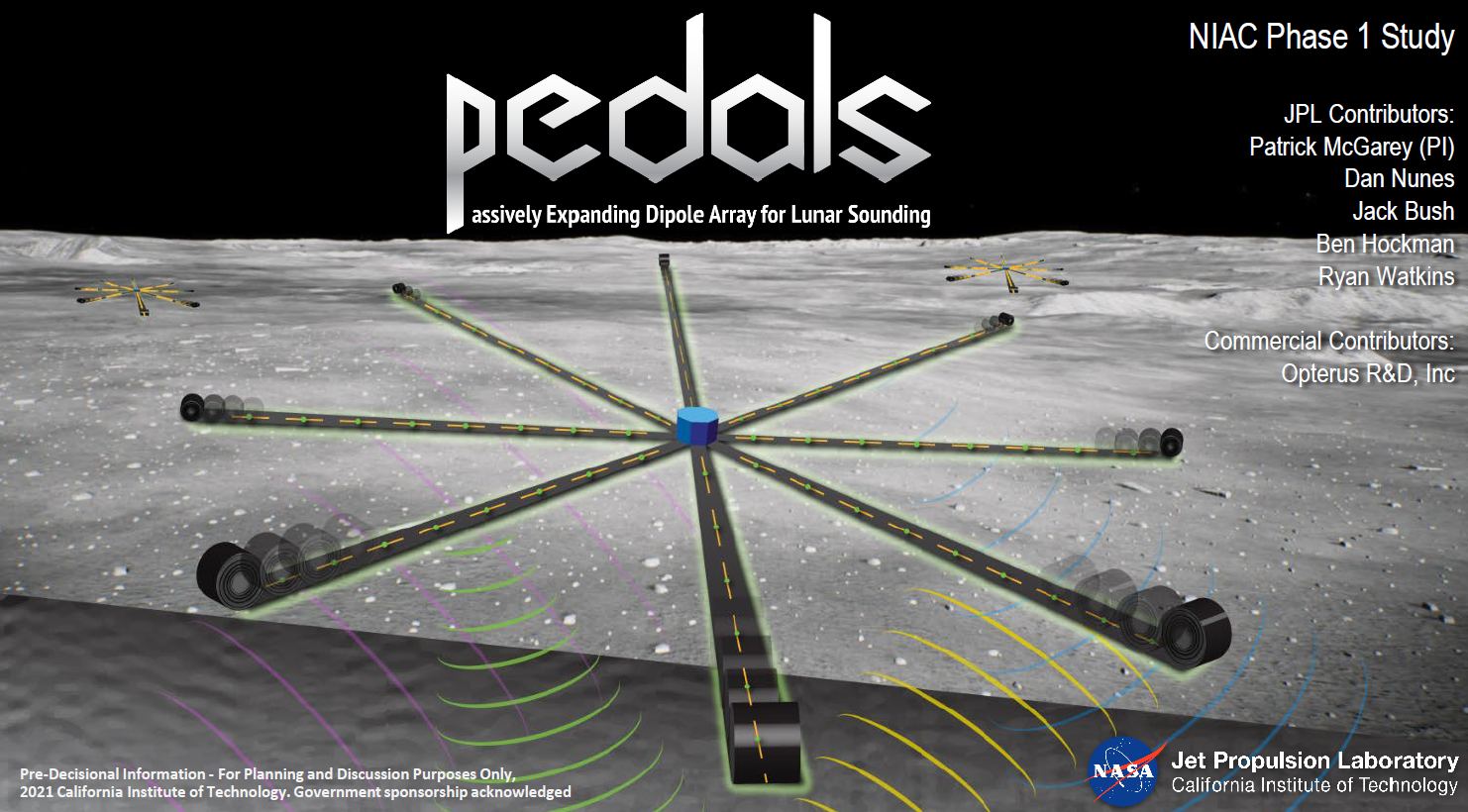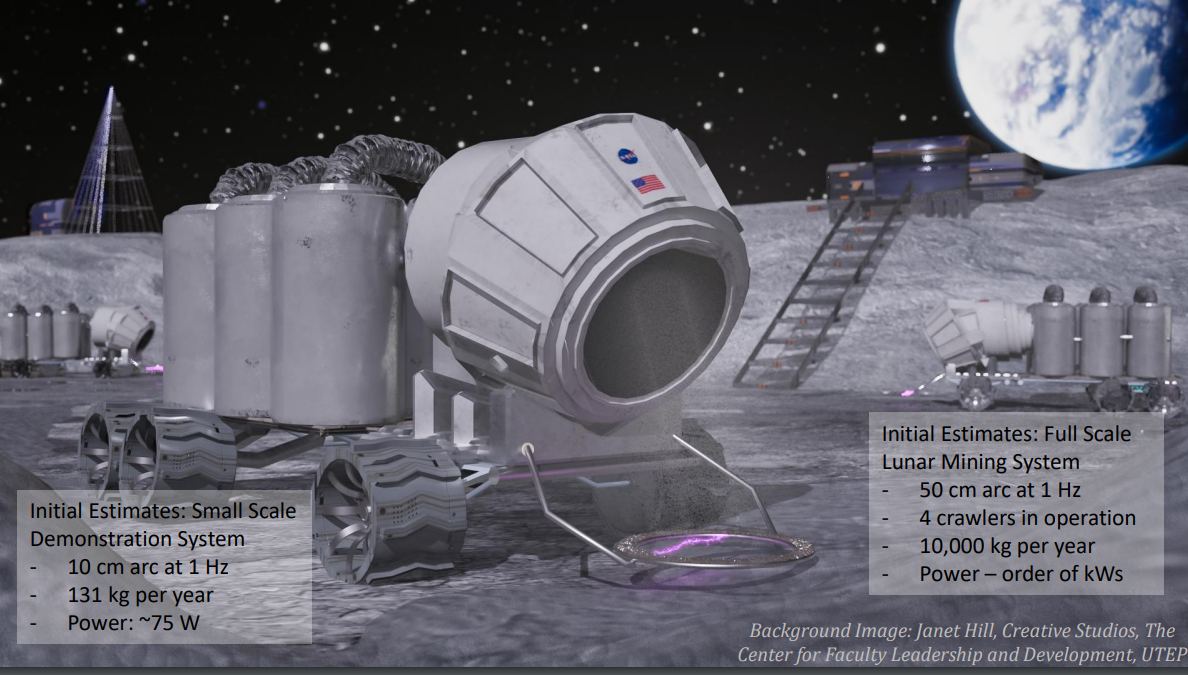Europa and other ocean worlds in our solar system have recently attracted much attention. They are thought to be some of the most likely places in our solar system for life to have developed off Earth, given the presence of liquid water under their ice sheathes and our understanding of liquid water as one of the necessities for the development of life. Various missions are planned to these ocean worlds, but many suffer from numerous design constraints. Requirements to break through kilometers of ice on a world far from the Sun will do that to any mission. These design constraints sometimes make it difficult for the missions to achieve one of their most important functions – the search for life. But a team of engineers from NASA’s Jet Propulsion Laboratory think they have a solution – send forth a swarm of swimming microbots to scour the ocean beneath a main “mothership” bot.
Continue reading “A Swarm Of Swimming Microbots Could Be Deployed To Europa’s Ocean”Floating Seismometers Could Help Peer Into The Core of Venus
Seismology has been ubiquitous on Earth for decades, and missions such as InSight have recently provided the same data for the inside of Mars. Understanding a planet’s inner workings is key to understanding its geology and climate. However, the inner workings of Venus, arguably our closest sister planet, have remained a mystery. The sulfuric acid cloud and scorching surface temperatures probably don’t help. But Siddharth Krishnamoorthy from NASA’s Jet Propulsion Laboratory and Daniel Bowman of Sandia National Laboratory think they have a solution – use seismometers hanging from balloons.
Continue reading “Floating Seismometers Could Help Peer Into The Core of Venus”A Maglev System On The Moon Could Make Lunar Logistics A Breeze
Maglevs are one of those technologies that still look like magic, even years after they were initially rolled out. While they have long been a workhorse of the transportation systems of some major cities, they don’t often impact the day-to-day lives of people who don’t use them to commute. But, they might be invaluable in another setting – lunar exploration. There’s an ongoing debate about the best way to shuttle stuff around on the Moon’s surface, and a team from JPL and a company called SRI International think they have a solution – deploy a maglev track on the Moon.
Continue reading “A Maglev System On The Moon Could Make Lunar Logistics A Breeze”The Largest Impact Crater on Earth, 520 km Across, Might Be Hiding Under Australia
Asteroid impacts have arguably killed off more species than almost any other type of disaster since life began on Earth. The most famous of these, the Chicxulub impactor, killed the dinosaurs about 65 million years ago, along with 76% of all species on the planet at the time. But that was by no means the worst disaster; as far as we can tell, it wasn’t even the biggest asteroid. That title currently goes to the Vredefort crater in South Africa. Coming in at over 300 kilometers wide, it was the largest asteroid crater so far found, at least when it was formed about 2 billion years ago. But that might be about to change if a theory from Andrew Glikson and Tony Yeates of New South Wales is correct. They have found what they believe to be the biggest impact crater on Earth since the Late Heavy Bombardment in their own Australian province of New South Wales, and they think it might have caused one of the other five mass extinction events.
Continue reading “The Largest Impact Crater on Earth, 520 km Across, Might Be Hiding Under Australia”A Robot With Expandable Appendages Could Explore Martian Caves And Cliffs
Plenty of areas in the solar system are interesting for scientific purposes but hard to access by traditional rovers. Some of the most prominent are the caves and cliffs of Mars – where exposed strata could hold clues to whether life ever existed on the Red Planet. So far, none of the missions sent there has been able to explore those difficult-to-reach places. But a mission concept from a team at Stanford hopes to change that.
Continue reading “A Robot With Expandable Appendages Could Explore Martian Caves And Cliffs”Could Puncturing A Satellite’s Battery Help It Deorbit Faster?
A few years ago, there was a panic about lithium-ion batteries that exploded and could do things like take down a jetliner. On a recent trip, an airline asked passengers to turn in any devices with batteries that had been banned because of safety concerns. These are indicators of a widely understood downside of lithium-ion batteries, ubiquitous in cell phones, laptops, and other electronic hardware – they can easily catch fire very spectacularly. However, a team at the Aerospace Company is working on an idea to turn this potentially catastrophic event into an asset – by using it to deorbit defunct satellites.
Continue reading “Could Puncturing A Satellite’s Battery Help It Deorbit Faster?”An Improved Radioisotope Thermoelectric Generator Could Dramatically Reduce The Weight Of Interplanetary Missions
Radioisotope thermoelectric generators (RTGs) are the power plants of the interplanetary spacecraft. Or at least they have been for going on 50 years now. But they have significant drawbacks, the primary one being that they’re heavy. Even modern-day RTG designs run into the hundreds of kilograms, making them useful for large-scale missions like Perseverance but prohibitively large for any small-scale mission that wants to get to the outer planets. Solar sails aren’t much better, with a combined solar sail and battery system, like the one on Juno, coming in at more than twice the weight of a similarly powered RTG. To solve this problem, a group of engineers from the Aerospace Corporation and the US Department of Energy’s Oak Ridge National Lab came up with a way to take the underlying idea of an RTG and shrink it dramatically to the point where it could not potentially be used for much smaller missions.
Continue reading “An Improved Radioisotope Thermoelectric Generator Could Dramatically Reduce The Weight Of Interplanetary Missions”Cylindrical Autonomous Drilling Bot Could Reach Buried Martian Water
The south pole of Mars is a likely candidate for future exploration efforts there. It is also an area of interest for astrobiologists, as there is a decent chance that there might be signs of ancient water there and, therefore, signs of ancient life – if there was any on the Red Planet anyway. But to access that ancient life, explorers would have to get to it, which means digging much further than has ever been dug on Mars before. Typical deep-bore drilling equipment is bulky, heavy, and difficult to set up on remote terrain like the Martian South Pole. So a group of engineers from Planet Enterprises, a Space Technology Incubator based in Washington, developed a new deep bore drilling concept they call Borebots.
Continue reading “Cylindrical Autonomous Drilling Bot Could Reach Buried Martian Water”Deploying a Huge Antenna On The Moon Could Study Its Insides
Understanding what lies under the lunar surface could be critical to future exploration efforts. A series of missions have already mapped some parts of the sub-surface of the Moon. Still, few have delved deep inside, where large lava caverns or potentially valuable water or mineral deposits may lie. But that might be about to change. NASA’s Institute for Advanced Concepts (NIAC) supplied funding to a novel technology developed by a team at its Jet Propulsion Laboratory (JPL) that could solve the long-standing problem of seeing what lies within the Moon.
Continue reading “Deploying a Huge Antenna On The Moon Could Study Its Insides”We Could Get Material On The Moon By Shocking It With Lightning
Lately, plenty of ideas have been floating around for methods to mine the Moon. That is undoubtedly partly due to the growing enthusiasm for Artemis, NASA’s lunar exploration program, and its planned support for a long-term human presence on the Moon. But what would make the best technique to get valuable material off the lunar surface? How about zapping it with lightning? That is the idea behind a NASA Institute for Advanced Concepts grant given to Dr. Amelia Grieg of the University of Texas at El Paso. And it seems to work.
Continue reading “We Could Get Material On The Moon By Shocking It With Lightning”
